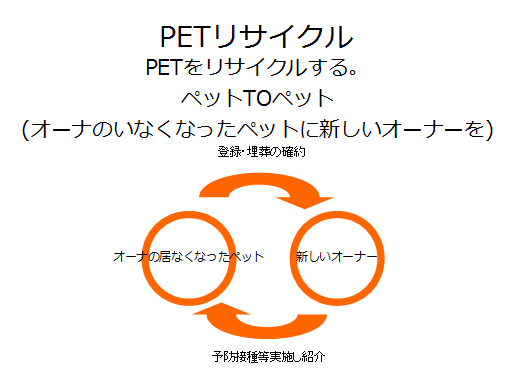これは健康管理、スポーツに。
 |
Fitbit Flex ワイヤレス活動量計 アクティビティ スリープ リストバンド スレート(グリーン) [並行輸入品] 新品価格 |
アメリカのFDAの承認はまだ完全に得られていないまだまだ先進的なもの。
大げさな手術なしで埋め込めるもので従来のものの10分の1のサイズということ。
バッテリーは13年もつそうだ。
http://www.bbc.co.uk/news/technology-24535624
Tiny, wireless pacemaker due to be launched in Europe
A miniaturised, wireless pacemaker that can be inserted into the body without invasive surgery has been given approval for use in the European Union.
Developed by US start-up Nanostim, the device is designed to be implanted intravenously directly in the heart.
It is less than 10% of the size of a conventional pacemaker and uses a built-in battery.
Experts said it was an "exciting development" but at a very early stage.
The pacemaker has yet to receive full US Food and Drug Administration (FDA) approval.
Conventional pacemakers require a patient to be cut open and a pocket created in the body to house the pacemaker and associated wires.
Such wires are regarded as the component of pacemakers most likely to fail. The pocket created for the pacemaker is also liable to infection.
By contrast the Nanostim pacemaker is delivered via a catheter inserted through the femoral vein near the groin.
It has a built-in battery, smaller than an AAA battery, that lasts between nine and 13 years. Eliminating the need for wires lowers the risk of infection or malfunction and means that patients are not restricted in the amount of activity they do, the firm behind the device claims.
The procedure to fit the pacemaker typically lasts around half an hour. The device is designed to be easily retrievable so that the battery can be replaced.
Because the device is delivered intravenously, it also means patients will have no scarring.
One doctor, involved in its trials, described it as "the future of pacemaking".
"For the past 40 years the therapeutic promise of leadless pacing has been discussed, but until now, no-one has been able to overcome the technical challenges," said Dr Johannes Sperzel of the Kerchhoff Klinik in Bad Nauheim, Germany.
"This revolutionary technology offers patients a safe, minimally-invasive option for pacemaker delivery that eliminates leads and surgical pockets," he added.
Better understanding
But others were more cautious.
Prof Jeremy Pearson, associate medical director at the British Heart Foundation, said: "This is a potentially exciting development but it's early days.
"Before this leadless pacemaker becomes widely available, we need a better understanding of how long it will last, as well as how easy it is to replace if necessary. As our knowledge of this new pacemaker widens, so too will the expertise needed to fit this potentially exciting device."
The company behind the device has recently been bought by global medical device firm St Jude.
【このカテゴリーの最新記事】
-
no image
-
no image
-
no image
-
no image
-
no image
-
no image
-
no image
-
no image
-
no image
-
no image
-
no image
-
no image
-
no image
-
no image
-
no image
-
no image
-
no image
-
no image
-
no image
-
no image

